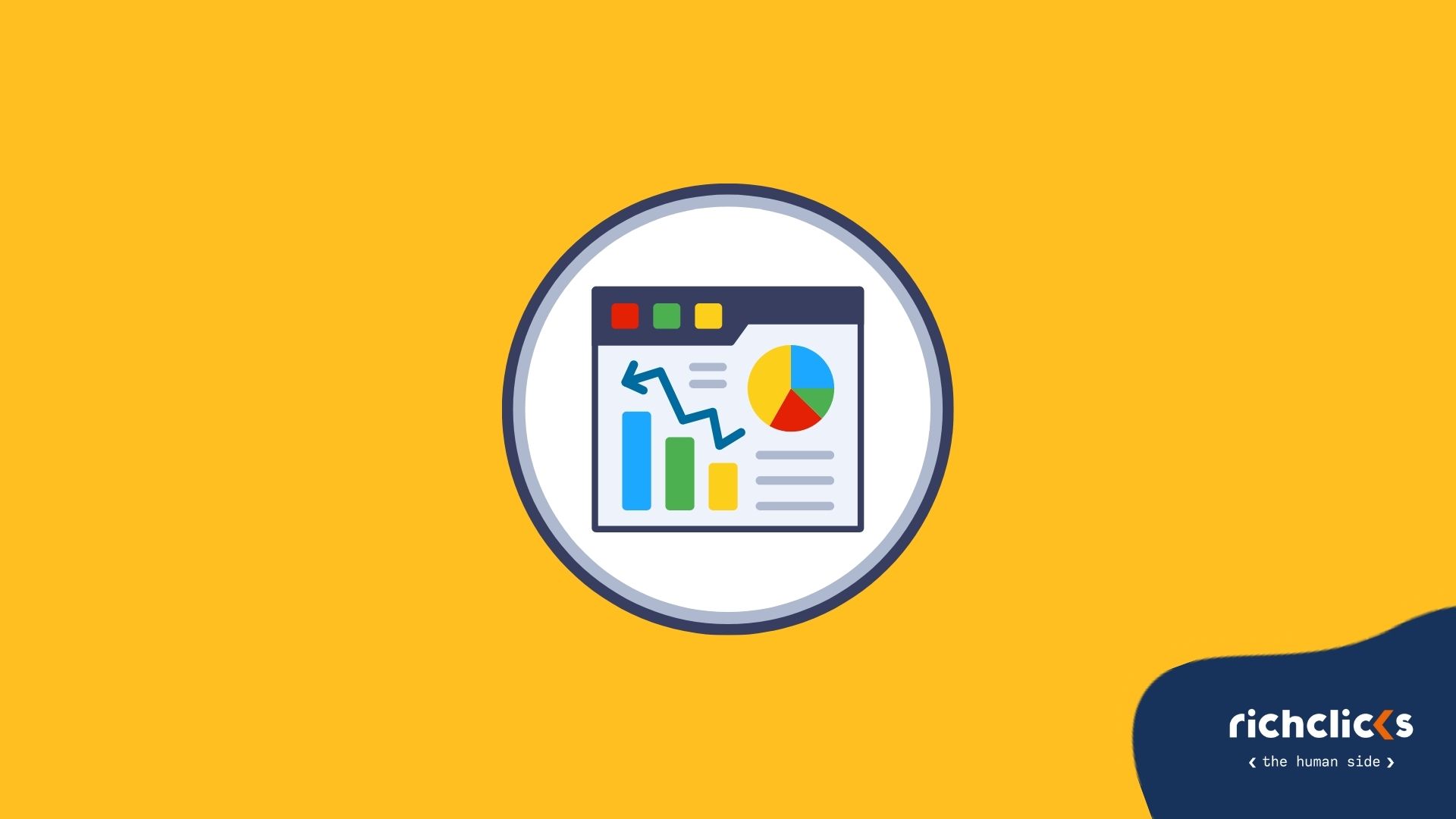Impressions dropping on Google? Here's what's going on

In recent months, many marketers and SEO managers have witnessed the same scenario: opening Google Search Console, seeing impressions drop sharply, and panicking.
The culprit isn’t a ranking update—it’s a technical change.
Google removed the num=100 parameter from the SERPs, a minor detail with a huge impact on the SEO data ecosystem.
Until August 2024, the num=100 parameter allowed displaying 100 results per page. SEO software and scrapers (Semrush, Ahrefs, Sistrix, SEO Powersuite, etc.) used it heavily to collect keywords and build comprehensive datasets.
With its removal, tools can no longer “see” past the second page of results, drastically reducing the number of recorded keywords.
Immediate Effects on Search Console Data
The changes were visible immediately.
Impressions fell because keywords that previously appeared deeper in the SERPs were no longer counted.
Meanwhile, Clicks and average Position improved, reflecting only the searches users actually saw and clicked.
- Impressions ↓ – fewer keywords tracked beyond position 20.
- Clicks ↑ – only real queries count.
- CTR ↑ – with a smaller denominator, the ratio improves dramatically.
- Position ↑ – averages rise as noise is filtered out.
In short: Google didn’t remove traffic—it cleaned up the visibility data.
Keywords that only appeared in the depths of the SERP have been “retired.”
Global Data Insights
A Sistrix analysis reported by Search Engine Land shows:
- 77% of websites lost visible keywords after the
num=100removal. - Losses concentrated on positions beyond the second page, where scrapers no longer reach.
- Conversely, CTR and average ranking slightly increased, indicating that true visibility remained intact.
The takeaway: the algorithm hasn’t changed—how we read the data has. For years, many impressions counted were not meaningful.
A Blow to Scrapers (and Vanity Reports)
This update also impacts SEO software: tools must adapt.
Many relied on num=100 for simulating SERP visibility, and now they are collecting less data.
Semrush, Ahrefs, and others are updating their scraping methods, but the transition will take time.
Meanwhile, dashboards and automated reports show erratic numbers, distorted YoY comparisons, and plunging graphs.
It’s a reminder that SEO is analysis, not superstition.
How to Interpret (and Use) the New Data
- Do not confuse Impressions loss with traffic loss. Clicks now matter more.
- Avoid direct YoY or MoM comparisons: pre- and post-August 2024 data are not homogeneous.
- Revise your KPIs. Impressions and keyword visibility are no longer absolute metrics.
- Focus on the top 20 positions. Keywords beyond the second page matter less.
- Update internal dashboards. Old API-based automations may return skewed readings.
- Read CTR as a true performance signal. With cleaner data, it better reflects user interest.
This recalibration makes reports more honest and SEO strategies more grounded.
Less chasing inflated curves, more focus on what truly generates traffic and conversions.
SEO After num=100: A Reality Check
The removal of num=100 is, at heart, a lesson in digital sobriety.
It forces marketers to stop chasing illusory numbers and return to the core of SEO: understanding users, improving content, and optimizing experiences.
Vanity metrics—those perfect impression curves that didn’t bring visits—were a statistical mirage.
Now the picture is sharper, even if less spectacular on charts.
And that’s exactly how SEO should be: measuring real impact, not hope.


















